You can hear history echo in the walls of these legendary music halls.
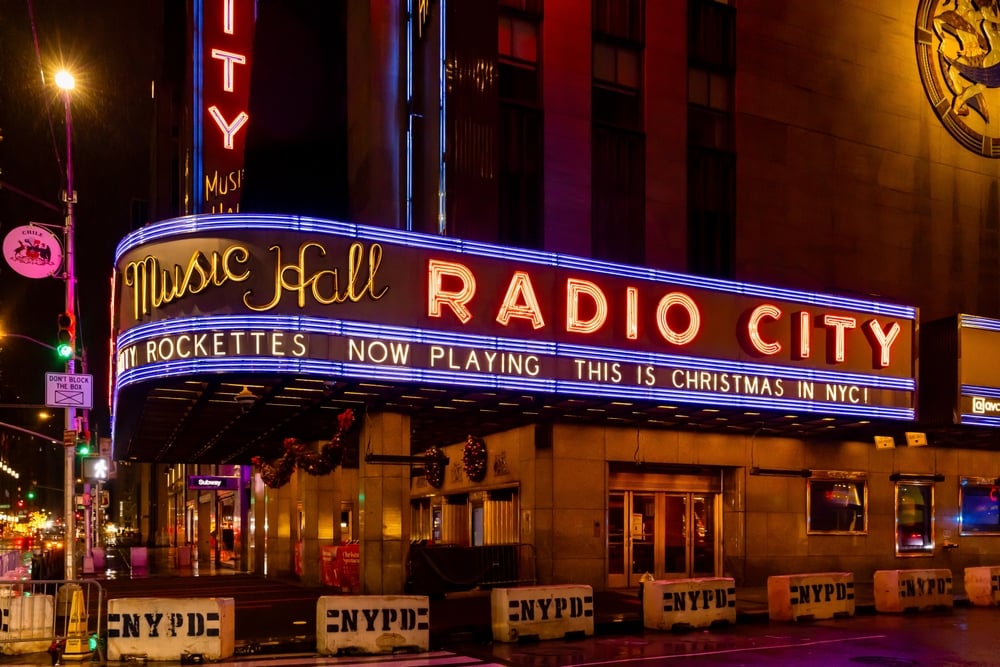
Standing where legends once roared to life is a different kind of thrill—like brushing shoulders with ghosts that still hum old setlists in the background. These iconic venues aren’t just places where music happened; they’re places where culture, rebellion, and passion collided, leaving a residue in the air that still crackles with energy. A trip to any one of them feels more like a rite of passage than a night out. If you’ve ever loved a song so much you wished you could time travel to its birth, this is the next best thing.
These venues aren’t your average stadiums or downtown stages—they’re sacred ground for music lovers, each with a story soaked in sweat, heartbreak, and thunderous applause. You’ll find cities that shaped genres, buildings that refused to fall, and sounds that turned the world upside down. Pack your earbuds and your curiosity—this music pilgrimage might just change the way you hear everything.
1. You haven’t truly felt rock until you’ve stood in New York’s CBGB.
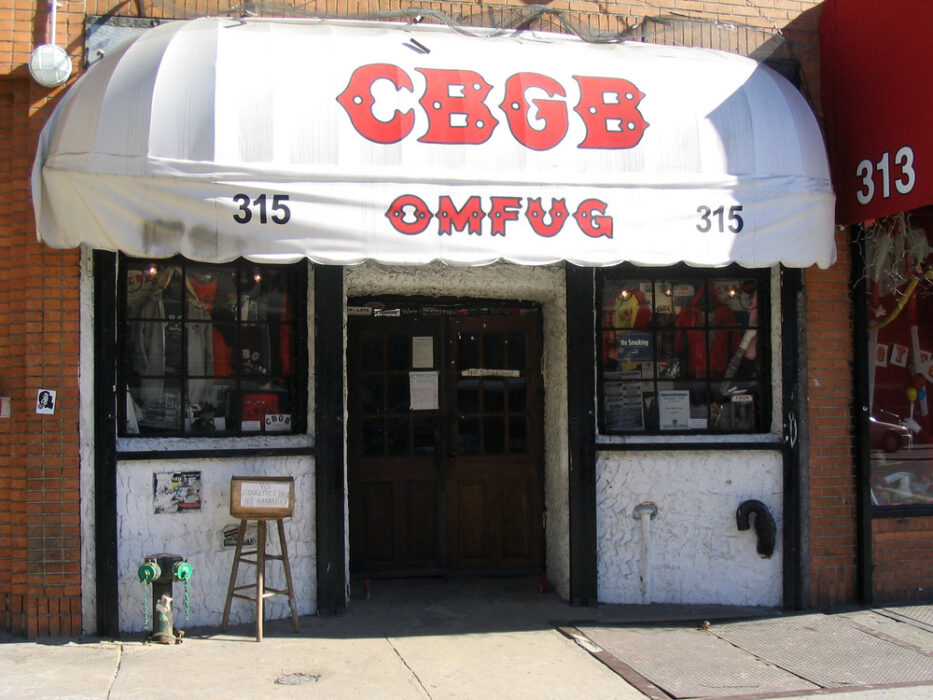
CBGB might be long gone as a working club, but standing outside 315 Bowery still carries a certain electric buzz. It wasn’t fancy, and that was the point—sticky floors, graffitied bathrooms, and a punk attitude that burned bright. Bands like the Ramones, Talking Heads, and Blondie didn’t just play here—they found their voices here. Even without the amps plugged in, the spirit of rebellion is still alive on that block.
New York City has a way of swallowing history, but CBGB refuses to be forgotten, as stated by Regan Hoffman at Punch. Today, you’ll find a clothing store in its place, but the venue’s original awning and walls remain a pilgrimage stop. Fans snap photos and linger as if hoping to hear a few muffled chords coming from the bricks. If you’re building your list of music meccas, this is your East Coast baptism into what raw, untamed artistry really looked and sounded like.
2. You haven’t tasted soul until you’ve visited the Apollo Theater in Harlem.
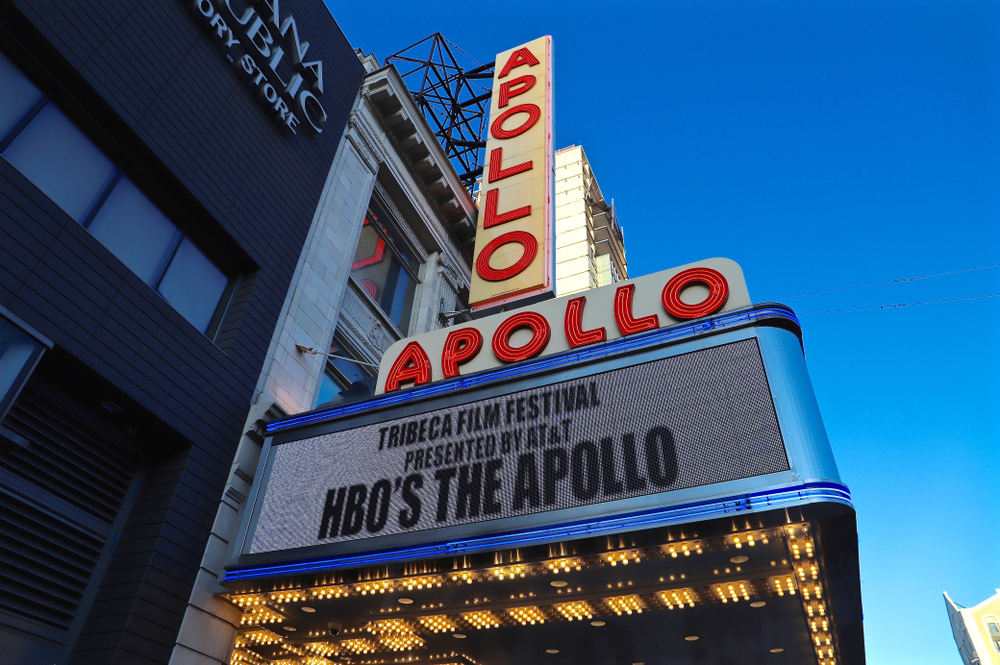
Harlem’s Apollo Theater doesn’t just showcase talent—it builds legends, as mentioned by Ricardo De Queol of El Pais. James Brown, Aretha Franklin, and Stevie Wonder didn’t just pass through; they tore the roof off and redefined what soul meant. This isn’t some forgotten relic of the past. The Apollo still pulses with pride and purpose, hosting Amateur Night where futures are still being shaped one fearless performance at a time.
Standing in those seats or on the stage means you’re part of something sacred. You don’t just clap—you testify. The Apollo has always been more than a venue; it’s a proving ground, a spiritual hub for Black excellence and resilience. Whether it’s jazz, hip-hop, R&B, or comedy, the Apollo has always given a platform to voices that demanded to be heard. If you want to understand American music history, you need to walk through these doors.
3. You haven’t lived the blues until you’ve walked down Beale Street in Memphis.
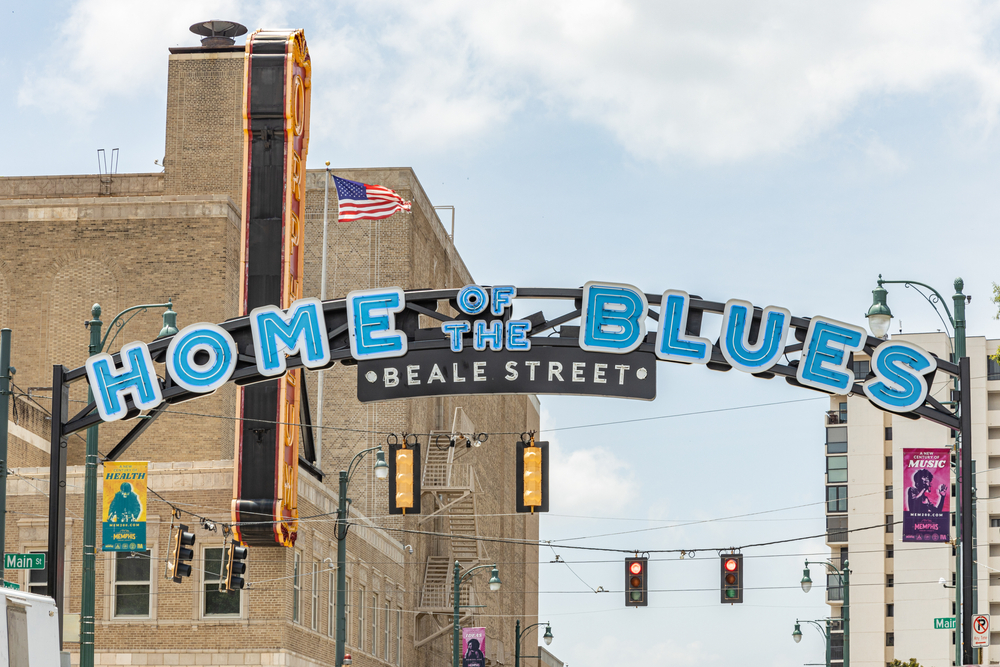
Beale Street isn’t just a single venue—it’s an entire living, breathing song, according to Michael Donahue at Commercial Appeal. You hear it in the horns, feel it in the sidewalk cracks, and taste it in the air as soon as the sun starts to set. It’s the spiritual birthplace of the blues, where legends like B.B. King made audiences feel every note like a bruise or a kiss. The clubs here don’t hold concerts; they channel spirits.
This stretch of Memphis isn’t about polished sound systems or fancy lobbies. It’s about connection. You can still stumble into a bar and hear someone who sounds like they sold their soul for a Fender Strat. And maybe they did. The energy is gritty, authentic, and so deeply rooted in musical history that a casual stroll becomes an act of reverence. For blues lovers, Beale Street is both origin story and heartache soundtrack rolled into one.
4. You haven’t truly screamed until you’ve been swallowed by Red Rocks Amphitheatre.

Red Rocks feels like Mother Nature herself carved out a mosh pit and handed it to the gods of sound. Nestled in the Colorado foothills, this naturally formed venue delivers acoustics so pure it turns any show into a spiritual experience. When the music echoes off those towering red stones, it doesn’t just fill your ears—it invades your bones.
The Beatles played here in ’64. U2 recorded a live album that helped define their sound. And countless others—from classical ensembles to EDM giants—have left their mark. But Red Rocks is more than a gig spot. It’s a place where music and nature become one, where the silence between songs feels sacred and the final chord hangs in the air like a promise. Bring your hiking shoes and your best memories—this place turns every concert into a once-in-a-lifetime moment.
5. You haven’t danced with ghosts until you’ve toured Nashville’s Ryman Auditorium.
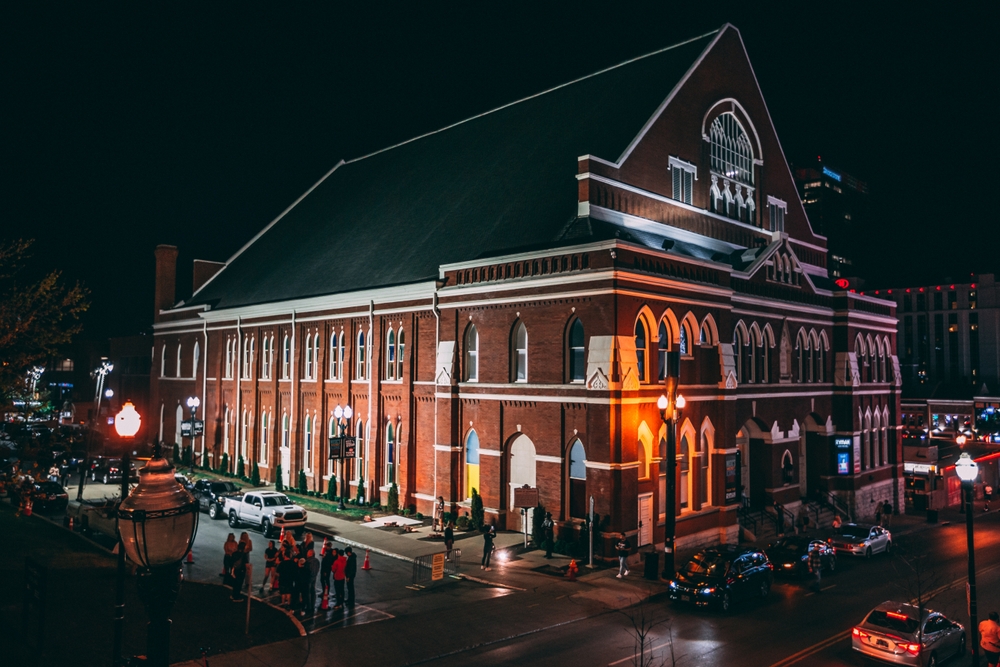
Before the bright lights of Broadway and the endless bars, there was the Ryman. This humble tabernacle turned music shrine began as a church and somehow never lost that feeling. Step inside and you’ll understand why it’s called the “Mother Church of Country Music.” The acoustics are near perfect, and the wooden pews still creak under the weight of history.
Johnny Cash, Patsy Cline, and Dolly Parton all stood on that stage, preaching through song and connecting with hearts across generations. Touring the Ryman is like entering a time capsule that still echoes with steel guitars and angelic harmonies. Whether or not you’re a country fan, the reverence in the air is undeniable. It’s not flashy—it’s soul-stirring. And if you manage to catch a live show here, you’ll understand why legends return again and again to feel that magic one more time.
6. You haven’t felt rebellion like you do at London’s 100 Club.
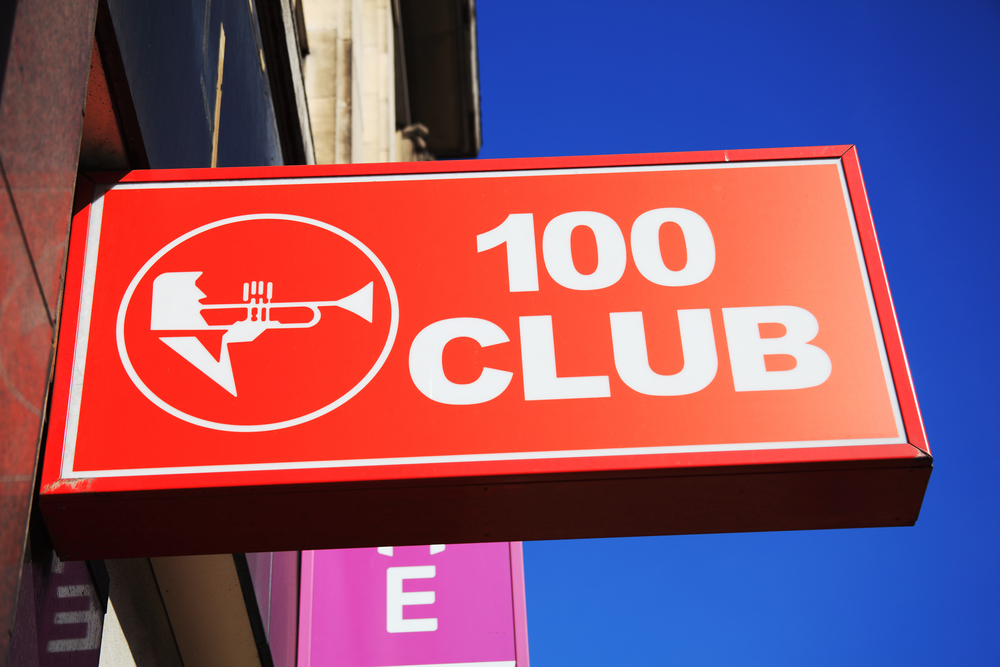
The 100 Club on Oxford Street is as gritty and intimate as music history gets. It started with jazz in the ’40s but eventually exploded into punk in the ’70s, hosting everyone from The Sex Pistols to The Clash in a sweaty, no-frills basement that dared you to look away. The floor sticks, the lighting’s brutal, and that’s exactly why it’s perfect.
You don’t come to the 100 Club for comfort. You come for connection. The walls don’t just hold sound—they scream it back at you. Grit and greatness rub shoulders in this tiny venue that somehow feels bigger than the city surrounding it. It’s a reminder that music history wasn’t always polished or profitable—it was loud, confrontational, and gloriously raw. Any true music pilgrimage across the pond has to include this punk-scented temple.
7. You haven’t worshipped music until you’ve stepped inside L.A.’s Troubadour.
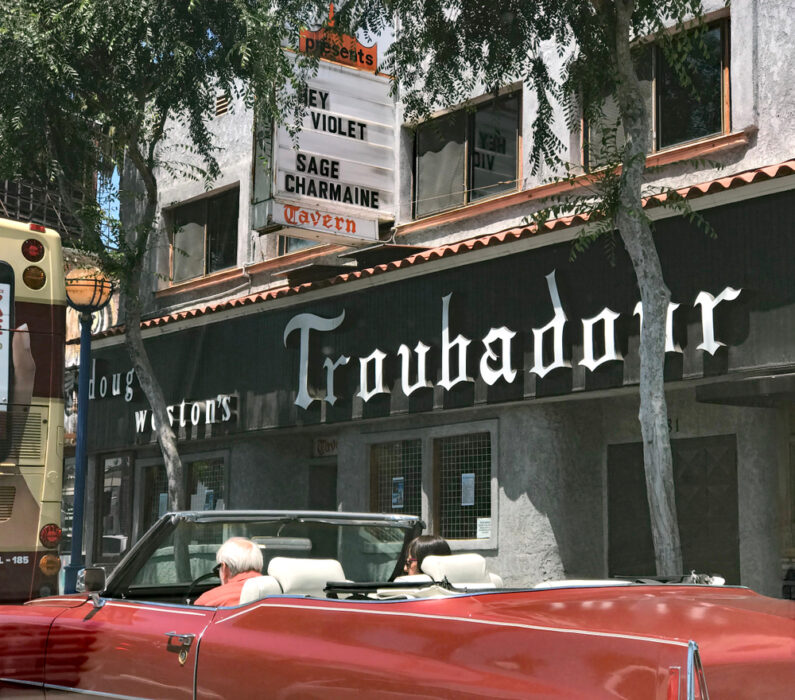
In the heart of West Hollywood, the Troubadour has seen careers bloom and explode. Elton John’s U.S. debut. Guns N’ Roses melting faces. Joni Mitchell commanding absolute silence with a single guitar. It’s a relatively small space, but that’s what makes the experience so intimate—you’re practically sweating in sync with the band.
Every corner of the Troubadour feels like a confession booth for musical greatness. It’s the kind of place where you lean in closer, not just to hear better, but because it feels wrong not to. Legends have walked off that stage into the hearts of millions, but they all started here, close to the ground and hungry. You won’t find pyrotechnics or choreographed glitz—just real, raw, can’t-fake-it energy. If you love live music, the Troubadour isn’t optional—it’s essential.
8. You haven’t felt chaos and beauty collide until you’ve hit the Fillmore in San Francisco.
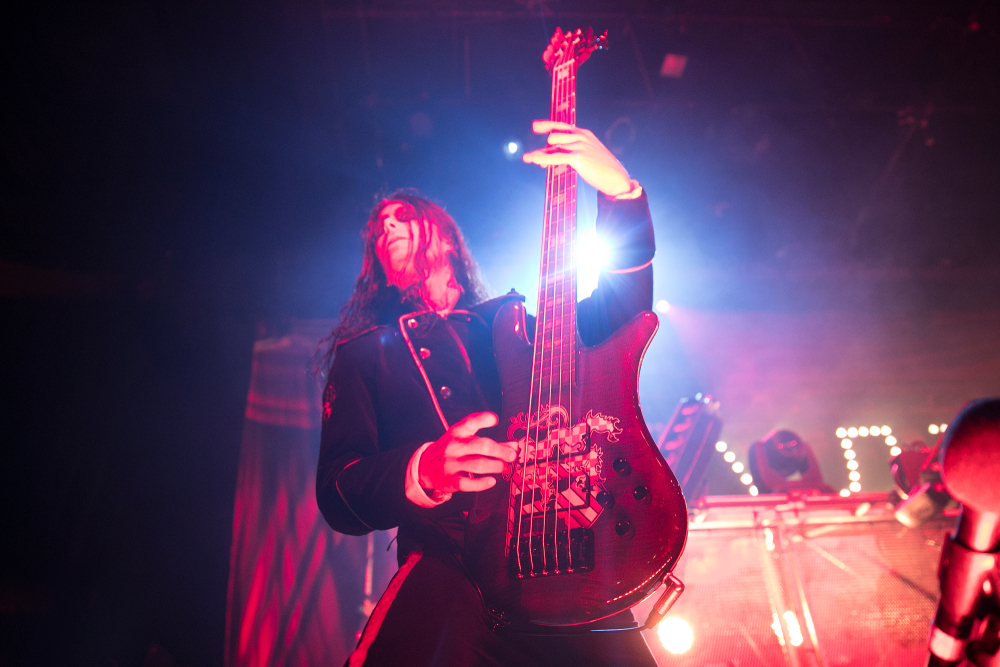
The Fillmore is more than just a venue—it’s an acid-laced time machine straight to the Summer of Love. It was the launchpad for Jefferson Airplane, Janis Joplin, and The Grateful Dead. But it’s not just the acts that made it iconic; it’s the atmosphere. Posters cover the walls like technicolor hieroglyphs, each one a flashback to nights when the music cracked open minds.
Even now, walking into the Fillmore feels like stepping into something sacred and unpredictable. You don’t know what’s going to happen, but you know it’ll matter. The energy shifts between sets, the chandeliers swing just slightly, and the crowd seems to understand they’re part of something bigger than themselves. It’s one of those rare places where you’re not just watching a show—you’re participating in history, one echoing guitar riff at a time.
9. You haven’t heard real Southern heat until you’ve seen a show at Tipitina’s in New Orleans.
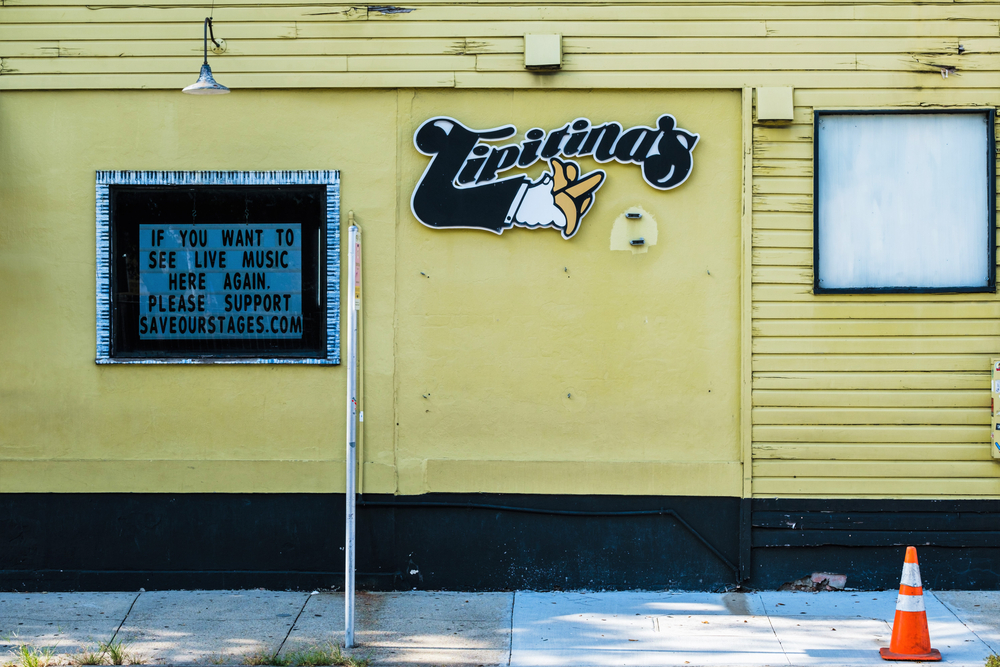
Tipitina’s is where funk comes to sweat. Located in Uptown New Orleans, it was founded by a group of music freaks in honor of Professor Longhair, a local legend whose style shaped the sound of the city. Since then, it’s become the heartbeat of NOLA’s local music scene—one part sweaty dance hall, one part church revival, and all soul.
The building itself feels alive, as if it remembers every bassline, drumbeat, and spilled drink. This isn’t a place for polished perfection—it’s for surrendering to rhythm and letting the night unfold. You’ll get local legends and international acts, but no matter who’s on stage, the vibe is unmistakably New Orleans. Funky, unfiltered, and fiercely joyful. If you want a night that sweats authenticity and celebration, Tipitina’s delivers every single time.
10. You haven’t chased a dream until you’ve wandered into the Bluebird Café in Nashville.
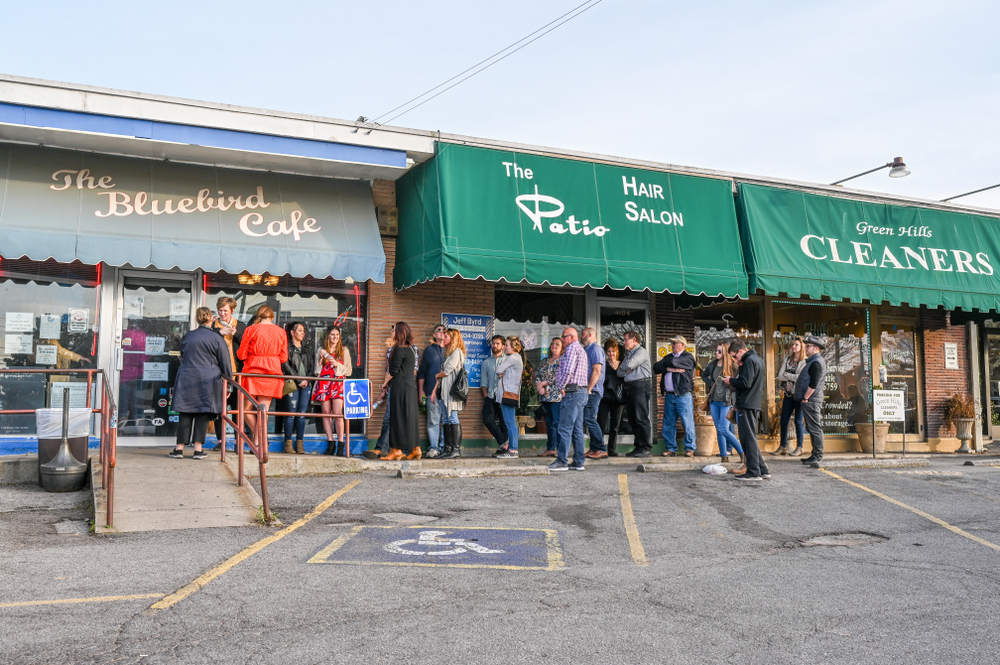
Tucked unassumingly into a strip mall, the Bluebird Café looks like the last place where magic might happen. But sit down, stay quiet, and prepare to be floored. It’s where songwriters tell stories that’ll make you laugh, cry, or both—usually in the same verse. This is where Taylor Swift played before the stadium tours, and where Garth Brooks got his start.
The room is small—intentionally so. No frills, no distractions, just raw talent and emotional truth. The audience listens with reverence because the performances demand it. Each lyric feels like it’s being shared just for you. No lights, no lasers, just hearts on sleeves and stories in song. If you believe music should move you more than just physically, the Bluebird Café will remind you why you fell in love with it in the first place.
11. You haven’t stood in silence like you will inside Abbey Road Studios.
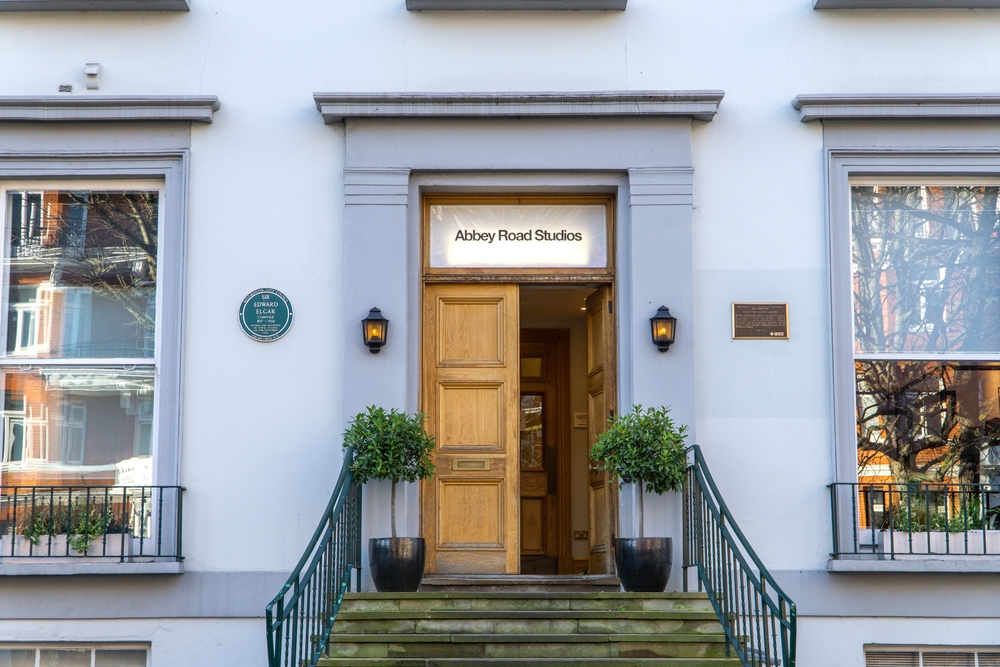
You can’t usually catch a show at Abbey Road, but the pilgrimage is still powerful. Walk across that iconic crosswalk and you’ll immediately feel it—the weight of what’s been created inside those walls. The Beatles, Pink Floyd, and Radiohead all carved out timeless moments here. The building doesn’t just house a studio; it cradles a piece of music’s DNA.
Tours are rare, but even peering through the gates or scribbling your name on the graffiti wall outside hits different. It’s not about spectacle—it’s about significance. Knowing that “A Day in the Life” and “Wish You Were Here” were born in the same space is almost overwhelming. Abbey Road isn’t flashy or loud. It whispers history and genius through brick and mortar. And for any true fan, even the silence outside those doors feels like part of the song.
12. You haven’t felt music breathe until you’ve entered Vienna’s Musikverein.
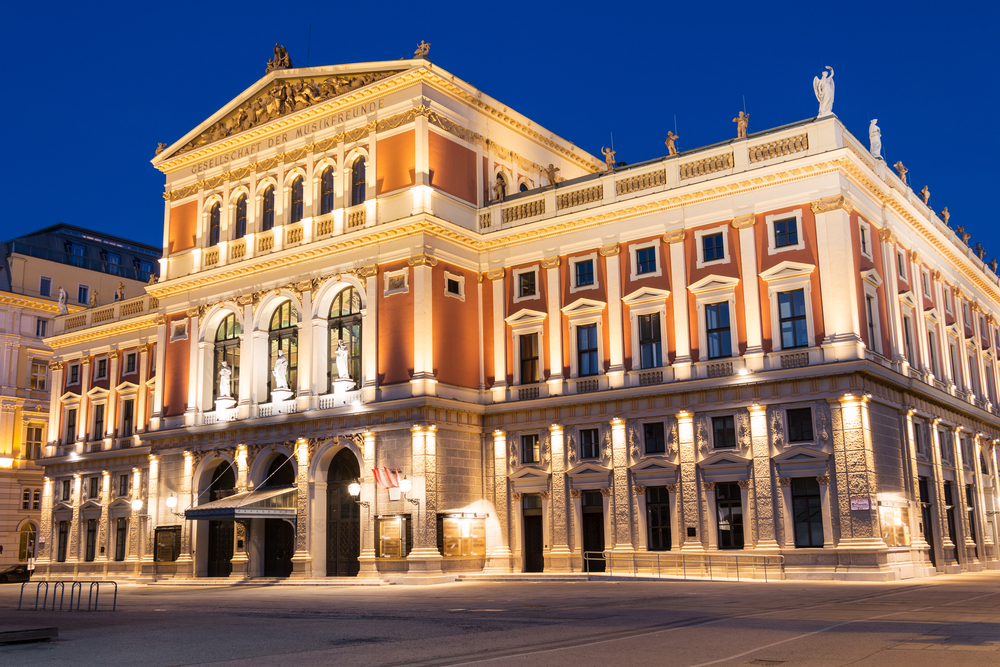
This one might feel like a curveball, but the Musikverein is where classical music lives and exhales. Located in Vienna, it’s considered one of the greatest concert halls in the world, with acoustics so perfect they seem supernatural. The Golden Hall glows with chandeliers and gilded balconies, creating a setting that’s as grand as the music itself.
It’s not just for symphony lovers. Anyone who values sound—pure, resonant, and unamplified—should hear at least one concert here in their life. This isn’t about rock or rebellion; it’s about reverence and craftsmanship. You’ll walk out understanding how music can be both math and magic, ancient and alive. Whether it’s a full orchestra or a string quartet, the Musikverein doesn’t just host performances—it elevates them into experiences that echo long after the final bow.
13. You haven’t hit true high notes until you’ve stood inside Detroit’s Motown Museum.
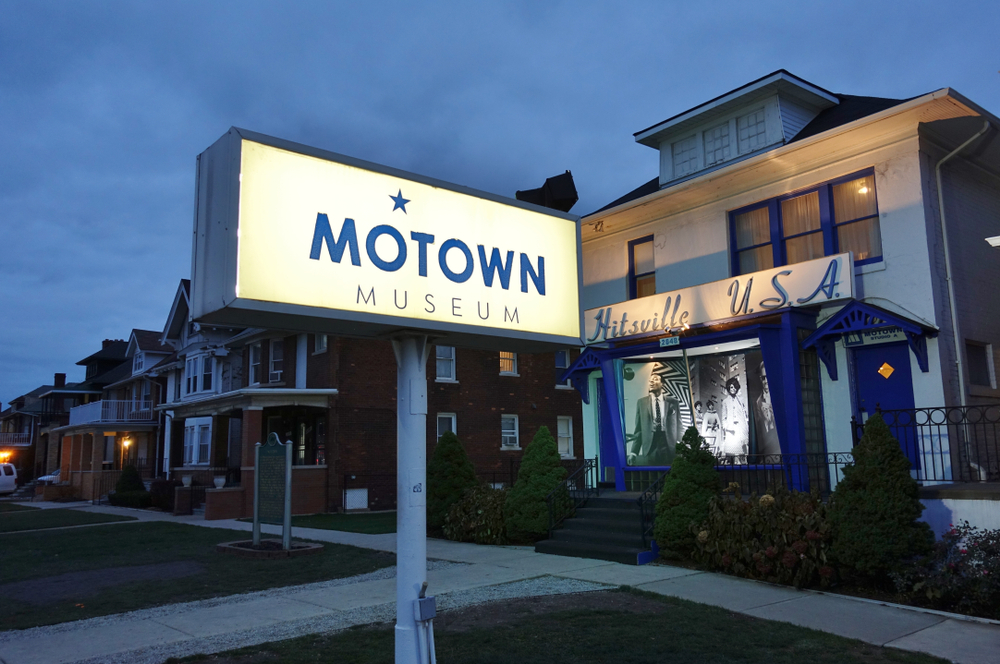
They called it “Hitsville U.S.A.,” and once you walk through the doors, you’ll know why. This modest house on West Grand Boulevard birthed a galaxy of stars—Smokey Robinson, Diana Ross, Marvin Gaye, Stevie Wonder—all under the Motown banner. The studio, still preserved, feels frozen in time, but the energy is anything but stale.
You’ll see the control room, the vocal booths, even Berry Gordy’s apartment upstairs. It’s intimate, and that’s what makes it powerful. You’re not just seeing where music was recorded—you’re stepping into where a movement took root. Soul, pop, and rhythm-and-blues all merged here to create something new, joyful, and unstoppable. The Motown Museum doesn’t need bells or whistles—it has groove in its bones and history in every corner. And if you’re lucky enough to visit, you might just walk out humming a familiar melody with a deeper kind of respect.
